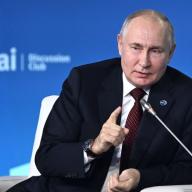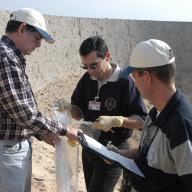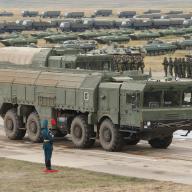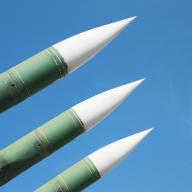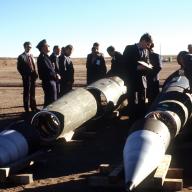This essay briefly summarizes the potential escalation risks at the space–nuclear nexus. It also considers some of the difficulties in addressing this nexus in existing multilateral forums and suggests ways to overcome them.
Related commentary:
Russia’s nuclear doctrine moves the focus from non-Western threats
In June 2020 Russia made its nuclear doctrine more transparent in terms of why, when and how it would use nuclear weapons. Without naming potential adversaries, Russia is now more explicit about the regional scenarios that could lead to nuclear warfare. It seems to have confirmed that its updated nuclear doctrine is less focused on East Asia, South Asia and the Middle East. At the same time, Russia continues to reserve the right to use nuclear weapons to end conventional military conflicts. This WritePeace blog explores what has changed in the new doctrine and what the changes signal.
The crumbling architecture of arms control
At a political rally on Saturday, 20 October, US President Donald J. Trump announced that the United States will withdraw from the 1987 Treaty on the Elimination of Intermediate-Range and Shorter-Range Missiles (INF Treaty). This confirms what has steadily been unfolding over the past couple of years: the architecture of Russian–US nuclear arms control is crumbling.
Russian and US policies on the INF Treaty endanger arms control
The 1987 Treaty on the Elimination of Intermediate-Range and Shorter-Range Missiles (INF Treaty) is on the verge of collapse. The controversy surrounding the treaty has built up over several years and worsened in early 2017 following accusations by the United States that Russia had begun to deploy the missiles during 2016.


